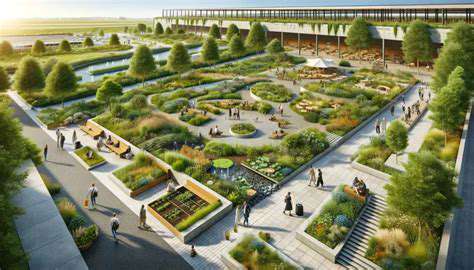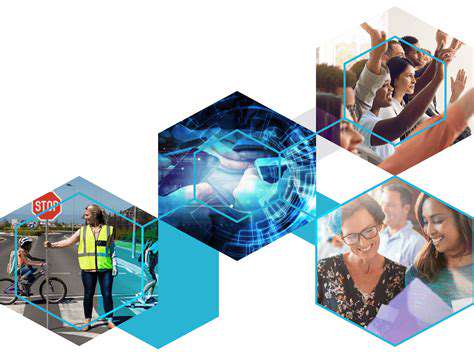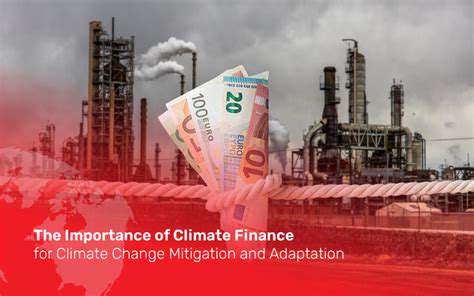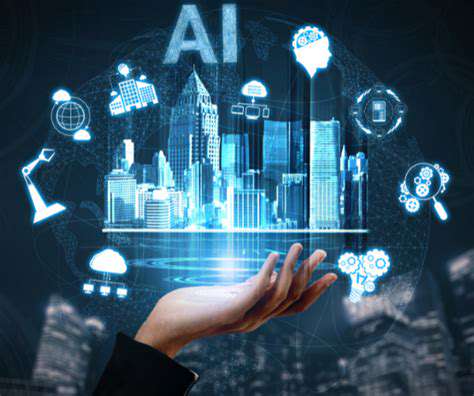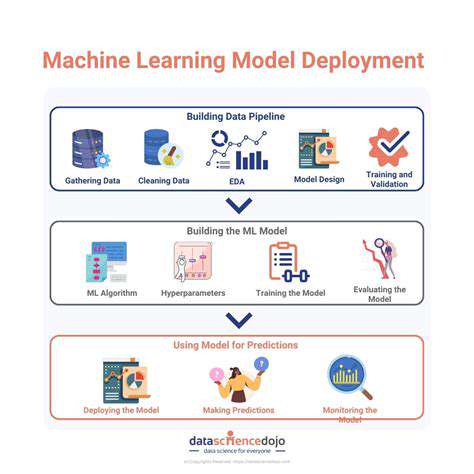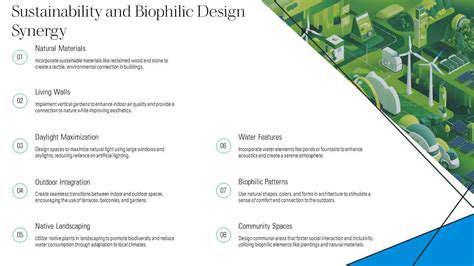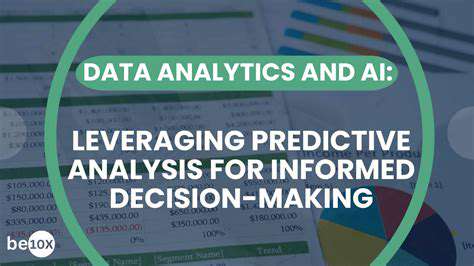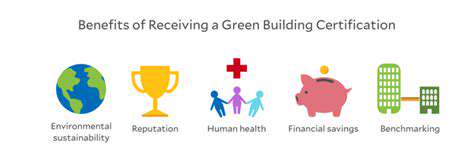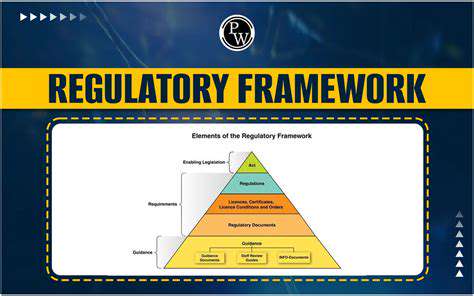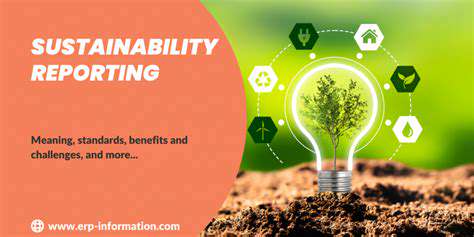Sustainable Real Estate: Building Beyond Compliance
Practical examples demonstrate this approach: using regionally quarried stone instead of imported marble cuts transportation emissions by up to 60%. Structural insulated panels (SIPs) offer both superior thermal performance and reduced on-site waste compared to traditional framing. The most sustainable material is often the one you don't use—through clever design that minimizes unnecessary components while maintaining structural integrity.
Resource Management Strategies
Effective resource management transforms construction from a linear process into a circular system. On progressive job sites, you'll find digital material passports tracking every component's origin and potential future uses. Prefabrication in controlled factory environments routinely achieves 90% material utilization rates compared to 70-80% in conventional construction.
Water stewardship represents another critical frontier. In drought-prone regions like Southern California, some developments now meet 100% of non-potable needs through integrated systems combining rainwater capture, greywater recycling, and moisture-efficient landscaping. These systems don't just conserve water—they create resilient buildings capable of weathering supply disruptions.
Supply Chain Transparency and Ethical Sourcing
The construction industry's supply chains stretch across continents, often obscuring concerning practices. Forward-thinking firms now employ blockchain technology to create immutable records of material provenance. This isn't merely about avoiding conflict minerals—it's about ensuring fair wages in quarries, responsible forestry practices, and ethical manufacturing conditions.
Consider bamboo flooring: while marketed as sustainable, some imports come from clear-cut forests with questionable labor practices. By contrast, FSC-certified suppliers provide documentation showing sustainable harvest rates and fair worker treatment. True sustainability considers both ecological and social impacts throughout the value chain.
Life Cycle Assessment and Optimization
Modern LCAs go far beyond simple carbon counting. Advanced tools now model 20+ environmental indicators across a building's expected 50-100 year lifespan. The revelations can be surprising—sometimes a higher-embodied-energy material proves more sustainable long-term due to durability or recyclability.
Modular construction exemplifies this thinking. While individual modules might carry a 10-15% upfront energy premium, their design for disassembly allows 85-90% material recovery at end-of-life versus 30-40% for conventional demolition. When the University of California analyzed their projects, they found modular buildings reduced lifetime emissions by 35% despite higher initial impacts.
Modern businesses recognize that blanket approaches waste both resources and opportunities. Precision targeting based on behavioral analytics can improve campaign efficiency by 300-400%, turning marketing from a cost center into a strategic asset. The key lies in layered data analysis that identifies not just who might buy, but when and why they make purchasing decisions.
Operational Efficiency and Energy Management
Optimizing Resource Allocation
The most efficient buildings operate like living organisms, constantly adjusting to their environment. At the Edge in Amsterdam, 28,000 sensors create a real-time nervous system that reduces energy use by 70% compared to conventional offices. This goes beyond smart thermostats—it's about predictive systems that learn occupancy patterns and preemptively adjust conditions.
Construction waste offers another optimization frontier. The Bullitt Center in Seattle achieved 92% construction waste diversion through meticulous planning, including prefabricated components and on-site sorting stations. Their approach demonstrates that waste reduction isn't about doing without—it's about smarter processes that create value from byproducts.
Implementing Energy-Efficient Systems
Today's most advanced buildings don't just use less energy—they become power plants. The Powerhouse Brattørkaia in Norway generates 485,000 kWh annually, exporting surplus to the grid. This is achieved through integrated design combining triple-glazed windows, geothermal wells, and intelligent lighting that adjusts to both daylight and occupancy.
Even existing structures can achieve dramatic improvements. The Empire State Building's retrofit cut energy use by 38% through 6,500 insulated windows, radiator insulation, and modernized chillers. The $13.2 million project paid for itself in just three years through energy savings—proof that sustainability and profitability aren't mutually exclusive.
Waste Reduction and Recycling Initiatives
True zero-waste operations require rethinking fundamental processes. Singapore's Semakau Landfill incorporates anaerobic digesters that convert food waste into biogas while recovering nutrients for landscaping. In Japan, the Shimizu Institute's Smart Site initiative uses AI-powered sorting robots that achieve 98% material recovery rates—higher than most manual systems.
These examples demonstrate that waste management has evolved from cost center to value generator. When Salesforce Tower implemented comprehensive composting, they not only diverted 80% of waste from landfills but also created fertilizer for urban farms—closing the loop in their local food system.

